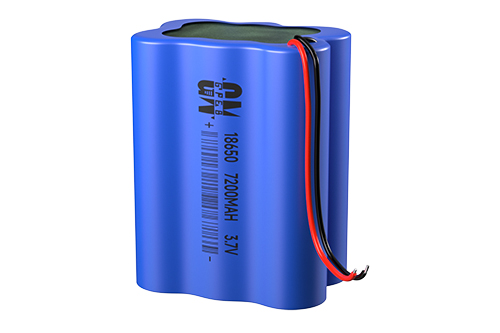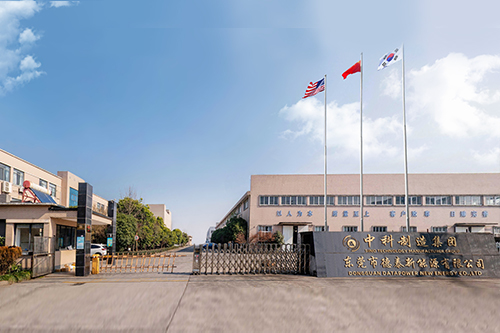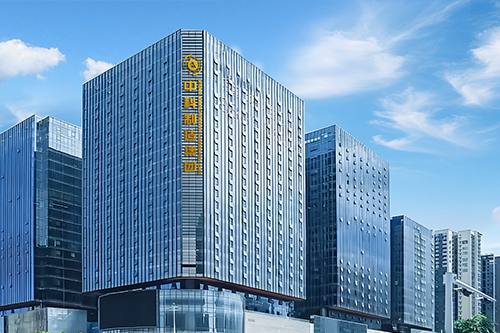Two technologies to improve the efficiency of silicon solar cells provided
to you by electronics enthusiasts. Recently, researchers have made breakthrough
technological progress in seeking to improve the efficiency of solar cells.
Among them are dry texturing to optimize the structure of the upper surface and
inserting an intermediate porous silicon mirror at the epitaxial layer/substrate
interface. Use these two methods
Recently, researchers have made groundbreaking technological advances in
their quest to improve solar cell efficiency. Among them are dry texturing to
optimize the structure of the upper surface and inserting an intermediate porous
silicon mirror at the epitaxial layer/substrate interface. Using these two
methods can increase the efficiency of solar cells to about 14%.
Two technologies to improve efficiency
Epitaxial thin-film solar cells are relatively cheap compared to bulk
silicon-based solar cells. But the main drawback of current epitaxial thin-film
solar cells is their relatively low efficiency. Two technologies have been shown
to improve the efficiency of thin-film solar cells. One is to use halogen atom
plasma processing to optimize the upper surface structure. The other technology
is to introduce an intermediate reflector at the epitaxial layer/substrate
interface. The optimized upper surface structure has the two advantages of
meeting the requirements of uniform light scattering (Lambertian refraction) and
reducing reflection by removing a small amount of silicon (because the epitaxial
silicon layer is already quite thin). The introduction of intermediate mirrors
(multiple Bragg mirrors) extends the path length of low-energy photons by at
least 7 times, ultimately greatly improving the efficiency of solar cells.
low cost solar cells
Silicon solar cells based on monocrystalline or polycrystalline silicon
substrates are the mainstay of the photovoltaic market. However, if all are made
of high-purity silicon, the production of such solar cells is very
energy-consuming and relatively expensive. To further promote the development of
the photovoltaic industry, the production cost of solar cells should be greatly
reduced by reducing material costs. Epitaxial thin-film silicon solar cells have
the potential to become a low-cost alternative to bulk silicon solar cells. This
screen-printed solar cell uses a cheaper substrate and a thinner active silicon
layer (20μm) compared to current bulk silicon solar cells (200μm). This low-cost
substrate consists of highly doped crystalline silicon wafers (pure silicon
processed from metallurgical grade silicon or scrap). A thin layer of epitaxial
active silicon is deposited on this substrate using chemical vapor deposition
(CVD).
Plasma suede upper surface
By treating the upper surface of the active layer of a solar cell, surface
light scattering changes, thereby affecting the performance of the solar cell.
The purpose is to form the most ideal upper surface, 100% diffuse reflection
(Lambertian refraction, showing total scattering). At this time, photons pass
through the active layer at an average angle of 60°, which doubles the
propagation path length. That is, an active layer that is only 20 μm thick
appears optically to be 40 μm thick.
Industrial competitiveness
The production process of epitaxial thin-film silicon solar cells is very
similar to that of traditional bulk silicon solar cells. Therefore, compared
with other thin-film technologies, it is relatively easy to implement epitaxial
thin-film silicon solar production in existing production lines. However, the
main disadvantage of epitaxial thin film silicon solar cell industry
competitiveness is that thin film silicon solar cells are less efficient than
traditional bulk silicon solar cells: the open circuit voltage and fill factor
of these cells can reach the same level as bulk silicon solar cells. A similar
level, but due to the presence of an optically active thin layer (the active
layer thickness of thin film silicon is only 20μm compared to the 200μm
thickness of bulk silicon), when light is transmitted from the epitaxial layer
to the substrate, the poor quality of the substrate causes light loss and short
circuit Current loss can be up to 7mA/cm2. The challenge is to achieve the
perfect balance between efficiency and cost, taking into account large-scale
industrial production. This article describes two technologies that can extend
the optical path length and therefore improve the efficiency of epitaxial thin
film silicon solar cells: plasmonic texturing and the insertion of porous
silicon mirrors at the interface of the low-cost silicon substrate and the
active layer. The results show that these measures can increase the efficiency
of epitaxial thin-film silicon solar cells to about 14%.
Read recommendations:
LR61
How to handle energy storage safely
Maintenance and Care of Lithium Batteries in Pure Electric Vehicles
601848 battery sales
Nickel Hydride Batteries











































 360° FACTORY VR TOUR
360° FACTORY VR TOUR
 Whatsapp
Whatsapp
 Tel
Tel Email
Email TOP
TOP